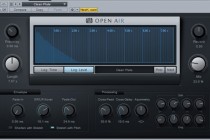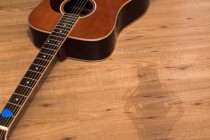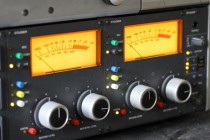“Convolution reverb is a process used for digitally simulating the reverberation of a physical or virtual space. It is based on the mathematical convolution operation, and uses a pre-recorded audio sample of the impulse response of the space being modeled. To apply the reverberation effect, the impulse response recording is first stored in a digital signal processing system. This is then convolved…” …
I want you to make the best possible recordings you can. One way to get better is to have a method and stick to it. That’s why, here at R64, I’m trying to give you some real tips you can follow that will get you to making better music starting today! In this specific case, we’re dealing with …
Whether you are a singer-songwriter, a late night mixer or a skilled engineer, the acoustic guitar is likely one of the most important instruments you’ll need to deal with in your studio. I would argue it’s one of the most complicated to record as well. There are way too many variables involved that it’s super …
You know that guy with the moving needle found on every piece of analog equipment, right? Well, that’s a VU meter. It’s one of the first devices introduced back in the analog days to measure and display the intensity of signal levels in audio equipment, making it possible for recording engineers to hit the recording …
In Part 1 we started covering all the basic features that make Studio One 2 a real mastering DAW. We discovered how powerful the “Project” really is and got a bit deeper with the interface and the metering tools. In this last part, we’ll deal with things like plugins, sound quality, export options and mixing-mastering …
There are many different DAWs out there and, apart from some exceptions, they sound basically the same. What differentiate a DAW from another most of the times are things like features and ease of use. Even though you can master your own project with almost any DAW, from Pro Tools to Logic, there are some …






